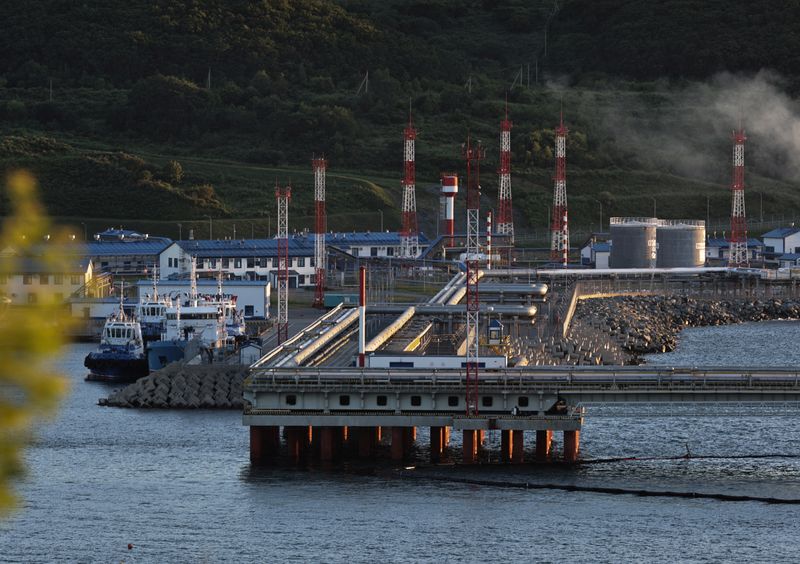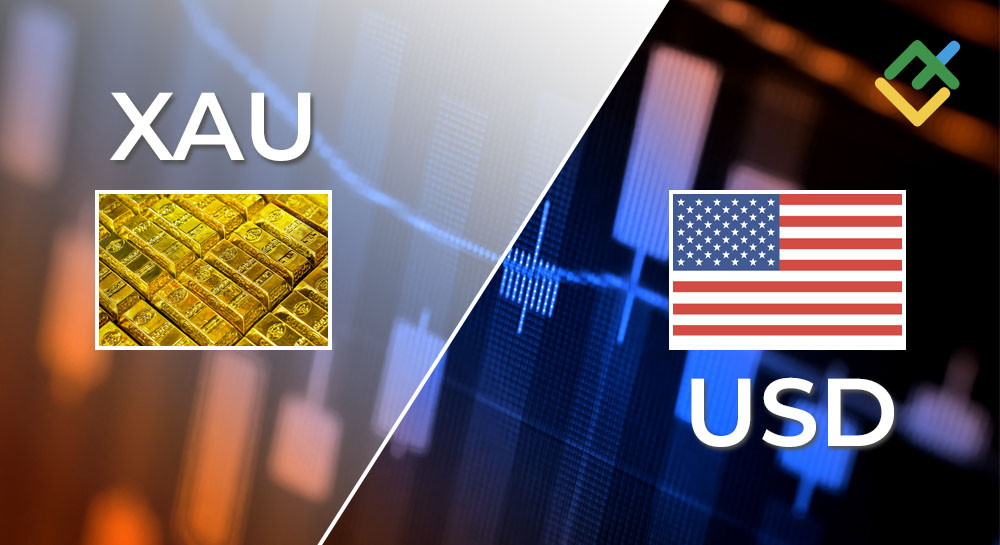
By Arunima Kumar
(Reuters) -Oil prices climbed by more than 1% on Monday as top importer China flagged its first move toward a loosened monetary policy since 2010 aiming to bolster economic growth, state media reported citing a Politburo meeting.
Brent crude futures were up 94 cents, or 1.32%, to $72.06 per barrel by 0852 GMT. U.S. West Texas Intermediate (WTI) crude futures gained $1, or 1.49%, to $68.20.
“The easing of monetary policy stance in China is likely the driver of the oil price rebounding, supporting risk sentiment,” UBS analyst Giovanni Staunovo said.
China’s growth has stalled as a collapse in the property market has hit confidence and consumption.
China’s slowdown was a factor behind oil producers group OPEC+ last week deciding to postpone its plans for higher output until April.
China will adopt a “moderately loose” monetary policy, according to an official readout from a meeting of top Communist Party officials, a term it last used in 2010 when it looked to support a recovery from the global financial crisis.
Also supporting crude prices was uncertainty after the fall of Syrian President Bashar al-Assad.
Syrian rebels announced on state television on Sunday they had ousted Assad, ending a 50-year family dynasty in a lightning offensive that raised fears of a new wave of instability in a region already gripped by war.
“The development in Syria has added a new layer of political uncertainty in the Middle East, providing some support to the market,” said Tomomichi Akuta, senior economist at Mitsubishi UFJ (NYSE:MUFG) Research and Consulting.
“But Saudi Arabia’s price reductions and OPEC+’s production cut extension last week underscored weak demand from China, indicating the market may soften toward year-end,” he said, noting investors are watching for early signs of any impact on the markets from U.S. President-elect Donald Trump’s expected energy and Middle East policies.

Separately, top exporter Saudi Aramco (TADAWUL:2222) on Sunday reduced its January 2025 prices for Asian buyers to their lowest level since early 2021.
Investors are also bracing for a data-packed week, including a key U.S. inflation report on Wednesday that will provide more clues regarding the Federal Reserve’s plans for interest rates.
This post is originally published on INVESTING.



